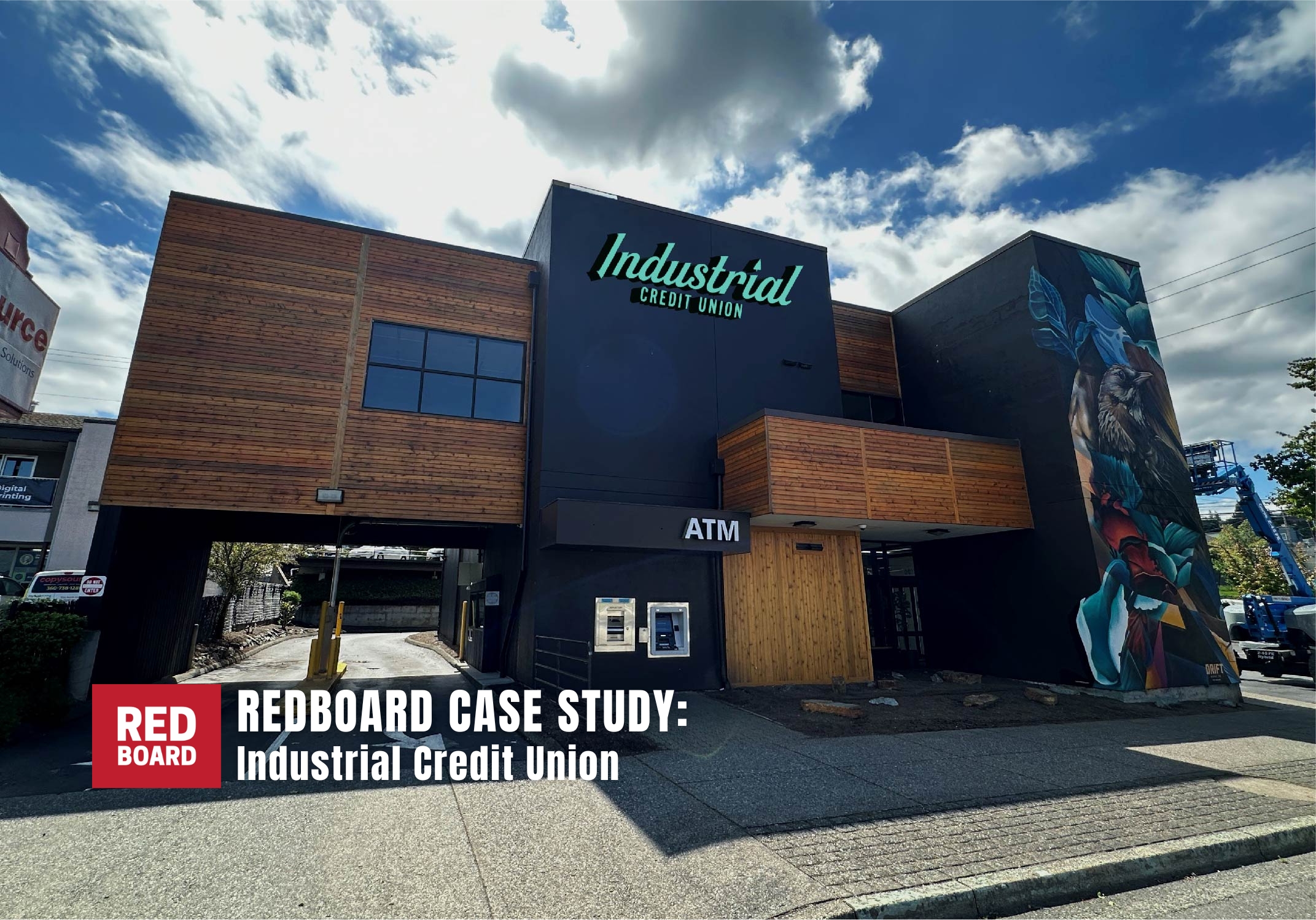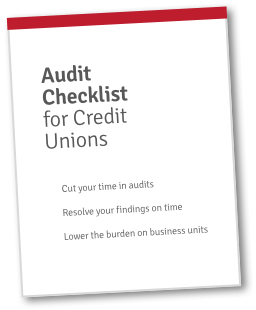Industrial Credit Union is a credit union that has six branches and serves nearly 40,000 members in the northwest corner of Washington state.
Over time, the credit union began to recognize a problem that is not unfamiliar to many credit unions in America. The processes and systems the credit union used to manage audit findings in its earliest days had just sort of hung around, even as the credit union’s growth began to overstress these systems.
A PROBLEM OF INEFFICIENCY
“When you have multiple people involved,” said Annie Johnson, Director of Compliance at Industrial, “and you are trying to just gather all of the required documents via email, it is just so cumbersome and difficult to manage.”But the problem was not just in document gathering. Laura Smith, an Internal Auditor at the credit union, pointed out that their management of “the entire process, from start to finish,” was challenging. From document gathering to audit findings, she said, “everything was done via email and spreadsheet tracking. And that took as much time as managing the findings.”
Having to build “all these file folders in a drive, trying to keep track of everything,” Johnson pointed out, was a tremendous—and time-consuming—challenge.
Smith said that part of the challenge was not having what she called a “consolidated viewpoint of the entire audit project.” They did not have a simple way to see how the workpapers correlated back to the audit step. As a result, they had no way to quickly see whether an audit step was completed and sufficiently documented before finalizing an audit.
And even if one person actually understood what was happening with a particular audit, everyone involved in the process did not.
Business process unit owners did not have visibility that would help them quickly understand what was on their plate and what was still outstanding, Smith said. They had to “dig through emails and create calendar reminders to track what’s coming up and what was due.”
Bottom line, their process of managing their audit program through spreadsheets and email resulted in inefficiency, a lack of visibility, and increased difficulty in the area of accountability.
A NEW AND BETTER WAY OF WORKING
When Industrial implemented Redboard, they realized “immediate” and notable improvements in efficiency. Smith alone estimates that she saves between five and ten hours per week. “I no longer have to send follow-up emails, track my emails, and go through spreadsheets,” she said.
“One thing that the reduction of admin time really created,” Smith said, “was the ability to focus more on the governance of the department and the Supervisory Committee taking a look at the new audit standards and [whether or not] we are in compliance. Do we have the documents we need? I had the time and ability to draft those, review those, and move them through the process. And that is something that before Redboard I would not have had the capacity to take on.”
An additional benefit they have realized is that they now have a “formal, documented way of ensuring that management’s input and concerns have been considered in the risk assessment.”
“It’s not that we didn’t involve them or ask them before,” Smith said, “but it was a conversation and mental notes. And you do that process, and two months later you take it to a Supervisory Committee looking for approval, and they say, ‘Well how did you determine the risk level here?’ It’s like, ‘I have no idea. That was two months ago, and it is so subjective.’”
“It really allowed for a much more robust conversation about the risks for each auditable entity,” Smith said, and it “ensures that there’s a more global viewpoint on the risks throughout the credit union.”
These better ways of working have gotten the attention of Industrial’s CEO.
Johnson and Smith both report that the CEO has appreciated the visibility Redboard provides into the credit union’s audit program.
“Our CEO likes to review all of management’s responses before we finalize them and they are seen by the Supervisory Committee... Doing this now in Redboard creates a much more efficient process for him to track where his management team is, who’s falling behind, and who needs coaching on how to write a response,” said Smith.
And their team emphasized how easy Redboard is to set up and use.
LOOKING FORWARD
Johnson said that as she looks to the future and thinks about how she needs to interact with everyone involved in risk management, Redboard will be a tremendous asset. “It is a relief to me that I do not have to build all of this from scratch,” she said.
Smith concurs. She said Redboard has done two things to position the credit union for future growth. First, it “allows for time flexibility to include new risks and to explore new areas that we previously weren’t covering. It creates time and capacity to be in more of a consulting position with management on new processes, being more aware of things that are happening.”And second, she said, “I think it really sets us up for growth as the audit department grows. There’s a very clear process and document record of what is being done. Someone could pick up a previous audit program and go back and look at what was done and what those work papers look like. It creates a very easy process for reviewing someone else’s work. So I see that as an immediate and long-term growth opportunity.”
A FINAL WORD
Smith’s overall summary of Industrial Credit Union’s experience with Redboard couldn’t have been written better if the Redboard team had written it ourselves: “Redboard is a user-friendly, efficient tool for managing your credit union’s audit process from planning to completion.”


 Get FREE Access to the Audit Checklist for Credit Unions!
Get FREE Access to the Audit Checklist for Credit Unions!


